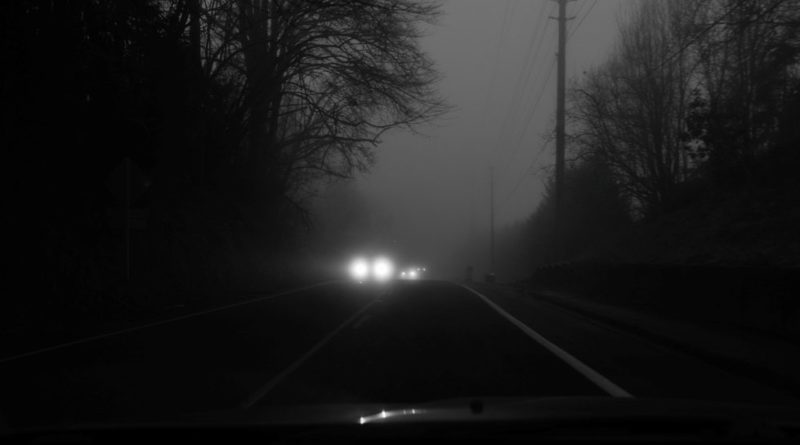Things to Avoid When Driving At Night
There are a few times that driving becomes a little more dangerous.
- When the weather is severe, like heavy rain, sleet, and snow
- Long-distance
- Night driving
The main reason that driving at night is dangerous is that we can’t see that well in the dark. And while we do have headlights and street lights to help, they only light up a particular part of the road. So there are some things that you can do to help you drive safer at night.
Defensive
We aren’t all naturally defensive drivers. But as the night falls, it pays to change your style to be more vigilant. Drinking and driving already pose a risk, and unless you want to Google, “how much does a DUI lawyer cost?” You’d best avoid drinking excessively.
Give yourself extra travel time, and extra stop time. Don’t risk speed through lights either.
Tired
If you are even the slightest bit tired before you set out, consider if you need to make the trip or you could sleep instead. Most crashes tend to happen between midnight, and 6am when most people would usually be sleeping. If you are already on the road, pull over and find somewhere to rest. Have a coffee and some water, and take a five-minute walk too.
Clean Screen
If you have a reduced view of the road because your windscreen is dirty, then you can have even more problems when the streetlights cause glare. This goes for your own headlights too. Remember to give them a clean before setting off.
Headlights
If you have your beams tilting down too much, you are going to lose a lot of the illumination that you need to see the road properly. And if they are tilted up too high, they will cause issues for other drivers. If your headlights don’t have the ability to tilt, then take your care for an inspection to have any adjustments made.
Highbeams are underutilized most of the time. They are very helpful in rural areas and for roads that don’t have as many street lights. You do need to dim them if you are within 500 feet of oncoming vehicles, though.
Animals
Most collisions with animals, specifically deer, happen at dusk or at night. And this is even more common between October and January. Your high beam will help you to spot an animal on the road. Rather than swerving to, it is better to slow to a stop. Animals like deer will often panic and stand still or dart a, so it is better to give them time to recover and move.
Eyes down
When it is dark, don’t look directly at the headlights of the on-coming traffic as it can dazzle you. Instead, looking slightly away for a moment, then return your gaze. This only counts on country roads.
Driving at night can be a relaxing experience, and the perfect way to avoid traffic. But if you follow a few simple safety suggestions, you can have a peaceful and event-free night time driving experience.

